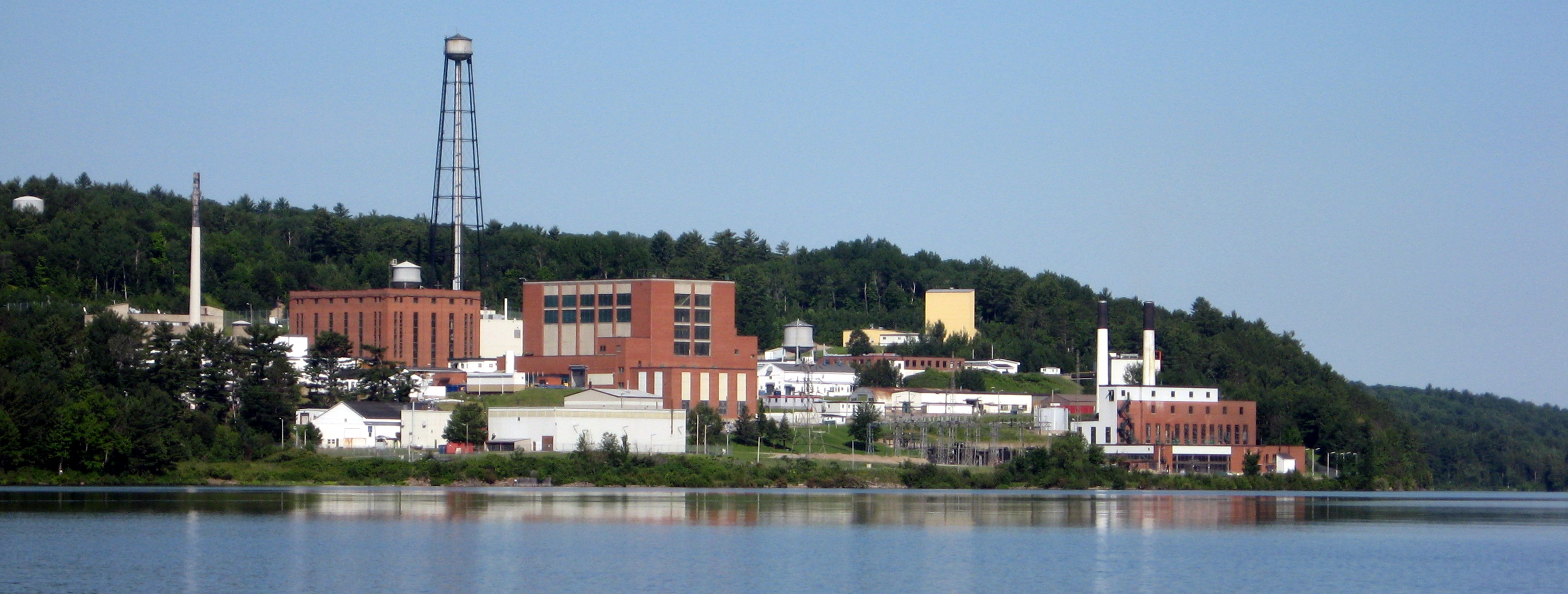Radioactive isotopes of many elements are used in research, industry and medicine. I have blogged about medical isotopes in the past. Production of such isotopes is often restricted to just a few facilities. This leads to concerns about supply when there are problems at a production facility or when demand rises above current production. The U.S. National Academy of Sciences, Engineering and Medicine are non-profit private organization but they recently completed a review of medical isotopes mandated by Congress.
The NASEM report investigated the production and use of molybdenum-99 (Mo-99), technetium-99m (Tc-99m), iodine-131(I-131) and xenon-133 (Xe-133), and also reviewed the progress made in producing Mo-99 without highly enriched uranium.
One important conclusion reached by the researchers was that although the current supply of Mo-99 and Tc-99m is sufficient to meet global demand, there will soon be a change in the supply chain for those two isotopes which could result in severe shortages. This would have a serious impact on the delivery of medical care that is dependent on these isotopes.
Almost all of the Mo-99 produced in the world is created by irradiating targets such as slabs of uranium encased in aluminum. Seventy fiver percent of the production of Mo-99 uses targets that contain high enriched or weapons grade uranium. There are seven research reactors in the world that produce Mo-99. They are located in Australia, Canada, Europe and South Africa. The U.S. once produced Mo-99 but that ended in before 1990. Due to concerns about proliferation of nuclear weapons, four out of the five global suppliers of Mo-99 have committed to changing over to the use of low enriched uranium for their targets by 2019.
The Canadian Chalk River Laboratory has been in the news lately because of controversial plans to truck high-level radioactive waste from the facility near Ottawa to a disposal site in South Carolina. The Canadian National Research Reactor at Chalk River produces forty percent of the world supply of Mo-99. At the end of next month, production of Mo-99 at Chalk River will end. This will reduce the global supply of Mo-99. In the case there are problems with ramping up supply from other sources, the Chalk River production could be restarted but it would only be available until the reactor is permanently shut down in March of 2018.
Mo-99 is used to produce Tc-99m. Tc-99m is the most common isotope used in medical imaging that requires radionuclides. This type of diagnostic procedure "noninvasively evaluates regional physiologic and metabolic processes, such as cardiac blood flow, with the ultimate goal of localizing diseased tissues and organs" according to the NASEM report.
Mo-99 and Tc-99 have short half-lives. This means that they cannot be stockpiled. They have to be constantly produced and delivered immediately. When Chalk River stops producing them next month, there will be a danger of immediate shortfall in deliveries to medical facilities if there are problems at any of the other facilities that produce these isotopes. Some facilities are in the process of expanding production of these isotopes in 2017 after which the loss of Chalk River production should not matter.
The NASEM report strongly recommends that the U.S. and Canada have a detailed plan developed and in place to restart production of these critical isotopes at Chalk River just in case there are problems at other production facilities.
Chalk River Laboratory:
